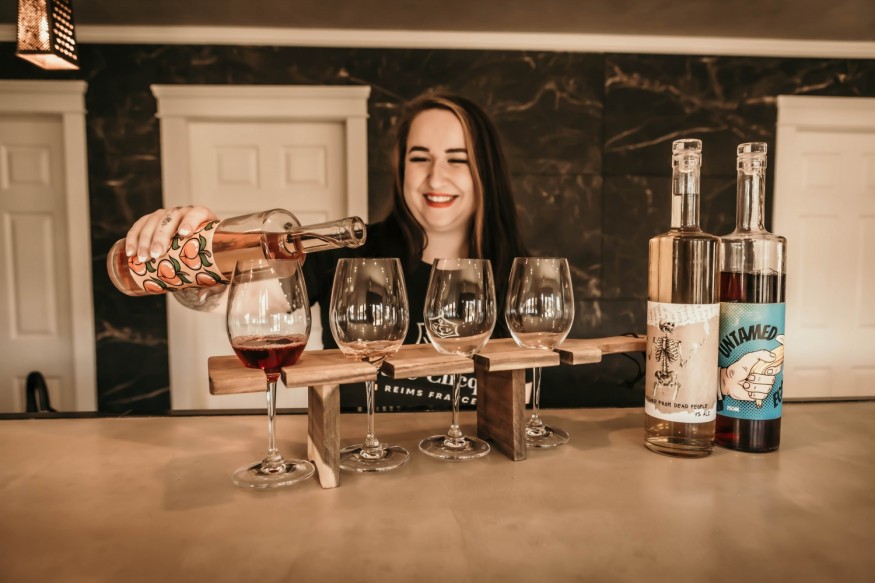
The allure of winemaking lies in its blend of tradition and creativity, making it a captivating endeavor for those involved. While to some, the process of turning grapes into wine may seem straightforward, the truth is far more intricate. Leading winemakers like Maddi Violet often describe their craft as an art form. This perspective is rooted in the deeply personal and unique approach each vintner brings to their winery.
Introducing Maddi Violet: A Vintner and an Artist
Maddi Violet, an award-winning winemaker, embodies the spirit of artistic winemaking. Along with her husband, Laurent Violet, she co-owns Ve Oh Lay Acres winery. With a decade of experience under her belt, Maddi has honed her skills globally, particularly in the winemaking regions of the USA, Australia, and New Zealand.
Her journey in the field has been recognized with several accolades, including a spot in the IWSC/WSET's Future 50 under 40 in 2019 and a Global Recognition Award in 2024. Moreover, Maddi took home Canada's Top 40 under 40 and was a finalist in "Woman of the Year" by Kelowna Women in Business, and her winery clinched the title of Best Winery in Summerland by the Canadian Business Review Board.
Winemaking: A Personal Touch to Every Bottle
To Maddi, winemaking is more than just a profession—it's an expressive art form. Every winemaker's journey is peppered with unique experiences that shape their approach and style. These experiences are as varied as the artists themselves, influencing not only the techniques used but also the interpretation of each batch of wine.
Maddi shares that, much like painters who see a different picture in the same landscape, winemakers perceive the same ingredients differently. This personal touch brings a distinctive flair to the wine produced. For Maddi and her peers, the grape serves as a canvas, where the juice becomes their paint, and the barrel acts as their easel.
Techniques and Expressions: The Diversity of Winemaking
The methods and fruits used in winemaking can vary dramatically, offering a palette for the winemaker's creative expression. Maddi emphasizes that, with various traditional and modern techniques, winemakers choose the ones that fits their expression the best. Each choice in the process—from the type of yeast used for fermentation to the duration of aging—impacts the final product, making each wine a unique creation.
Similarly, inspiration in winemaking can come from a variety of sources. It's not just the seasoned vintners who influence the newcomers. Even cellar hands and other winery employees play a crucial role in shaping up a newcomer's winemaking experience. Their insights contribute to a collaborative environment that fosters creativity and learning, echoing the dynamic nature of any artistic space.
Creating More Than Just Wine
Maddi asserts that winemaking is not just about producing wine; it's about creating something memorable and meaningful. Each bottle of wine tells a story of the land it came from, the people who made it, and the year it was produced. This narrative is woven into the very fabric of the wine, offering a sensory experience that goes beyond taste to touch the heart of the drinker.
She believes that the true joy of winemaking lies in the freedom to experiment and express oneself. The fermentation tanks and vineyards are her studios, where she crafts not just flavors but experiences, blending science and art seamlessly.
Conclusion
Winemaking, as practiced by artists like Maddi Violet, gives a nod to the human creative spirit, but in a more delectable way. It challenges the notion of art, expanding it to include the sensory and the communal. Every bottle of wine is a brushstroke, every vineyard a canvas, and every winemaker an artist in their own right.
It's a process that celebrates both the diversity of nature and the individuality of the maker, inviting us to taste the world through their eyes and experiences. As we uncork each bottle, we're not just tasting wine; we're experiencing a piece of the winemaker's soul, artfully preserved in liquid form.









